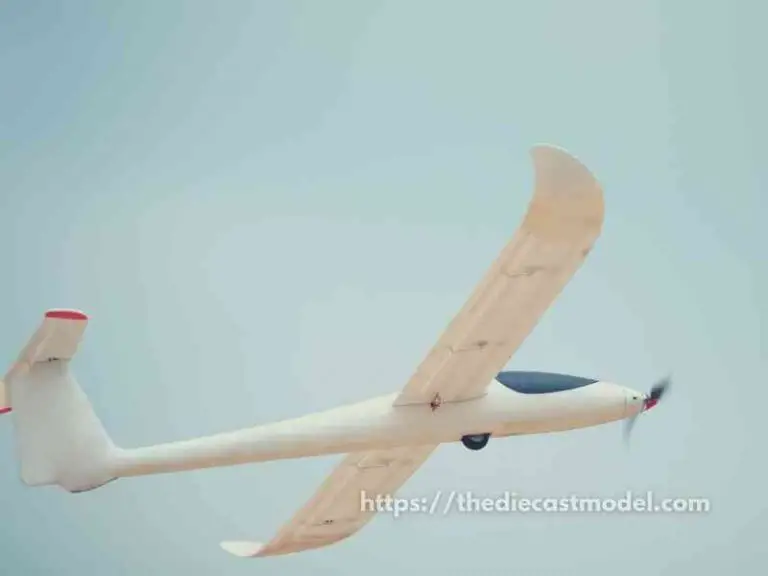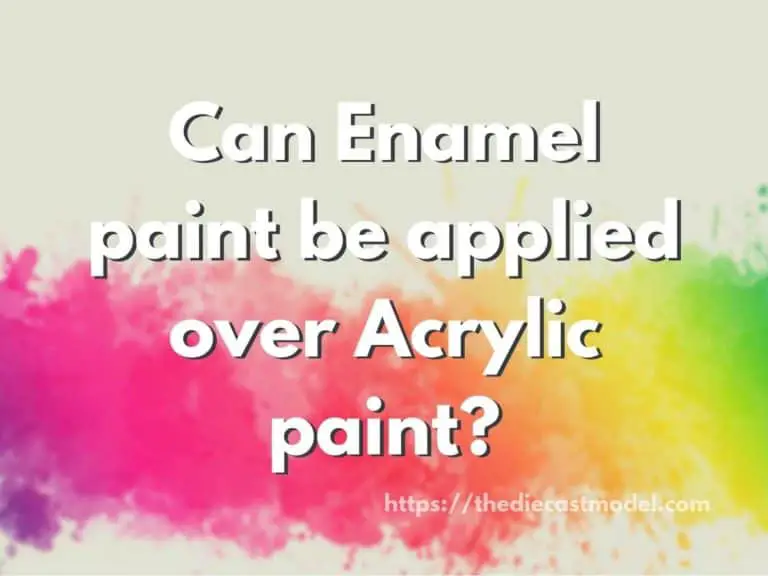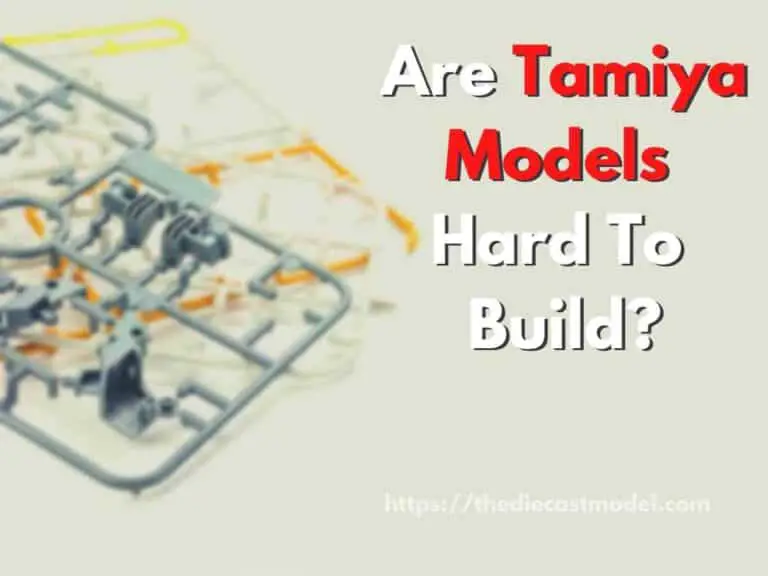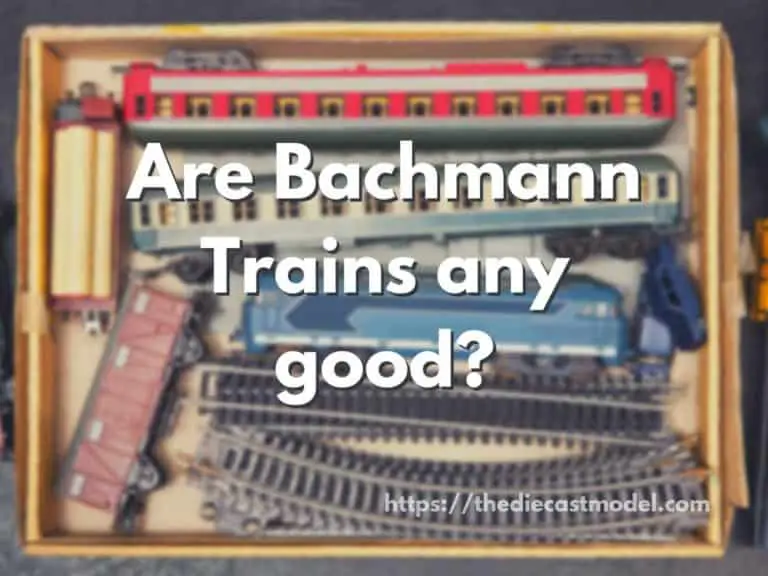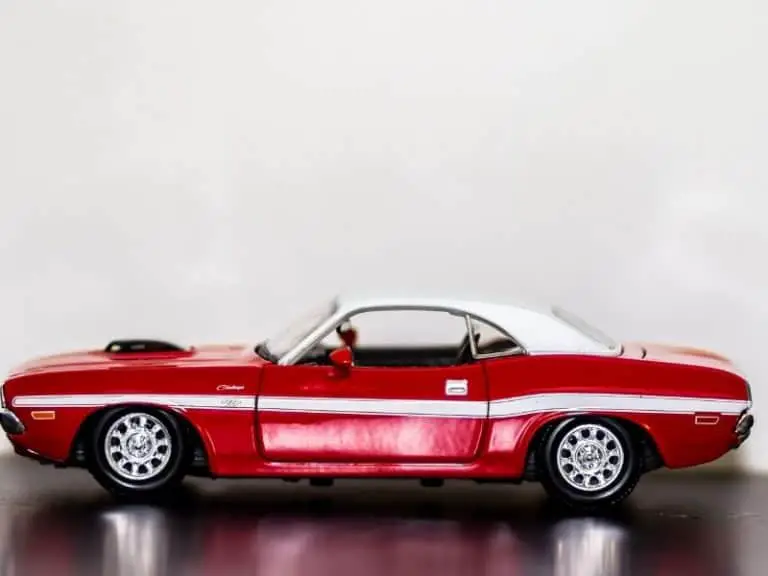Hot Wheels Errors: Are They Worth the Money?
In toy car collecting, some collectors, especially those who collect Hot Wheels, have strange habits. Their quest for quality Hot Wheels products does not stop there— they also enjoy collecting the less than perfect versions of the brand’s products. A specific Hot Wheels product may have a variety of different types of errors in a unique way. Collectors refer to this as the “Hot Wheels error.” But the question is, are they worth the money?
Hot Wheels errors are worth the money, especially if you find a collector willing to buy them. The problem with the Hot Wheel error market is that it is a tiny niche, so it can be pretty hard to find collectors who would look for these models. However, there are online marketplaces that make finding buyers easy.
In this blog post, we will be talking about these errors. How much do these errors fetch in the market? I will also talk about sporting fake Hot Wheels as some people have a hard time differentiating them from Hot Wheels errors. Furthermore, I have provided a guide on selling these items since it can be hard to find buyers because the niche is tiny.
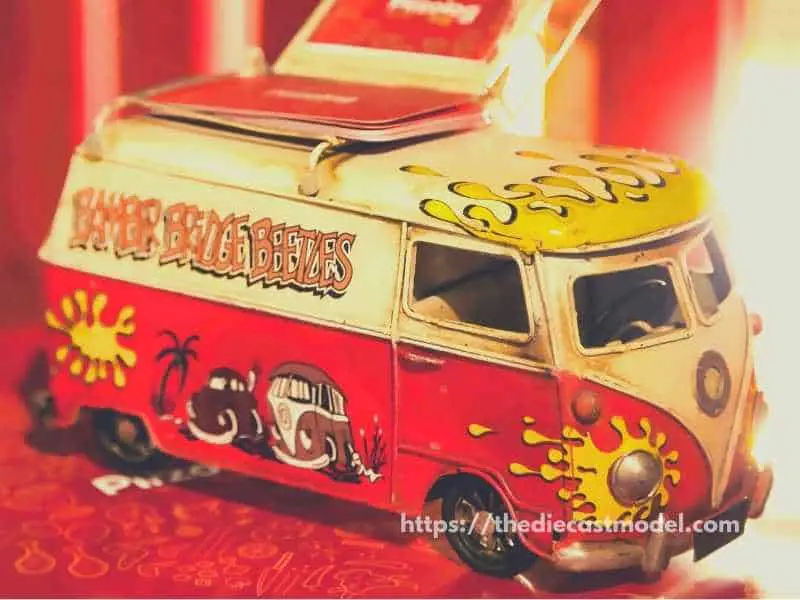
Are Hot Wheels errors worth money?
Hot Wheels errors are worth the money, as the majority of them, are worth more than $100. Some might even cross the $400 price as the Hot Wheels 1988 Corvette 3spk factory error was sold for $499.99. But be careful since some Hot Wheels might look like it’s an error, but the truth is that they are not authentic.
One often asked question regarding the error collection is, “How much does the error cars cost?”
The answer is, it varies depending on the car’s original price and the error itself.
Most of them are a couple of dollars more expensive than the non-error one, but some are worth more than $100.
Even though they can be far rarer than any other Hot Wheels found, it’s impossible to put a price on these oddities.
Error Collectors are a niche that assesses the worth of each example. As RaceGrooves, a YouTuber, says, “How much are they worth! Only what someone (error collector) is willing to pay.”
Nathan Lil (aka Maelstrom) is a prominent error collector who says, “My motto is if it ain’t broke, I’m not buying.”
His collection is filled with flaws—literally thousands of them. The more bizarre the flaw, the better collectible it is.
He collects all types of errors, from mispacked cars to unassembled vehicles. He is inclined to any kind of error, whether it’s a wheel, part, paint, or assembly issue.
That is Nathan, as an Error collector, who appreciates Hot Wheels from a different perspective. “These errors made me look more into the processes involved in creating these cars,” he says.
As it was mentioned before, a Hot Wheels error can cost more than 100 dollars. These are some examples of error cars from eBay and their price.
- Hot Wheels 1988 Corvette 1995 Exclusive Custom Corvette 3spk Factory error costs $499.99.
- Hot Wheels Blackwall 2 pack Top Eliminator Mustang Stocker Blisterpack is selling for $395.
- Vintage 1977 Logo Error Hot Wheels Pontiac Firebird Blue Chevy Funny Car diecast worths $249.
- Hot Wheels Dropstars Error Card Ford Mustang GTR is selling for $149.
- Hot Wheels 2001 #161 ERROR Jaguar XK8 53704 Missing Front Chrome Wheels is selling for $299.95.
It can be hard to find Hot Wheels error collectors because it is a tiny niche. But with numerous marketplaces online, it has become more accessible thanks to technology. If you need a guide on where to sell these models, I suggest you check this blog post I’ve personally made to guide people in selling online. Here is the link: A Helpful Guide on Buying and Selling Diecast Models
What is a Hot Wheels Error?
Hot Wheels errors are the Hot Wheels model that has something wrong with them. It can be a wrong orientation in the packaging, placed in a wrong blister bubble, mismatched wheels, wrong wheel size, and so much more. These models can fetch a reasonable price, provided that it is something a collector is looking for.
Error Hot Wheels cars are the ones that have something wrong with them, such as missing parts or wheels that are mismatched.
Let’s give an example.
Here is a photo of a 2000 Hot Wheels #242 White Olds 442 Hot Wheels Error.
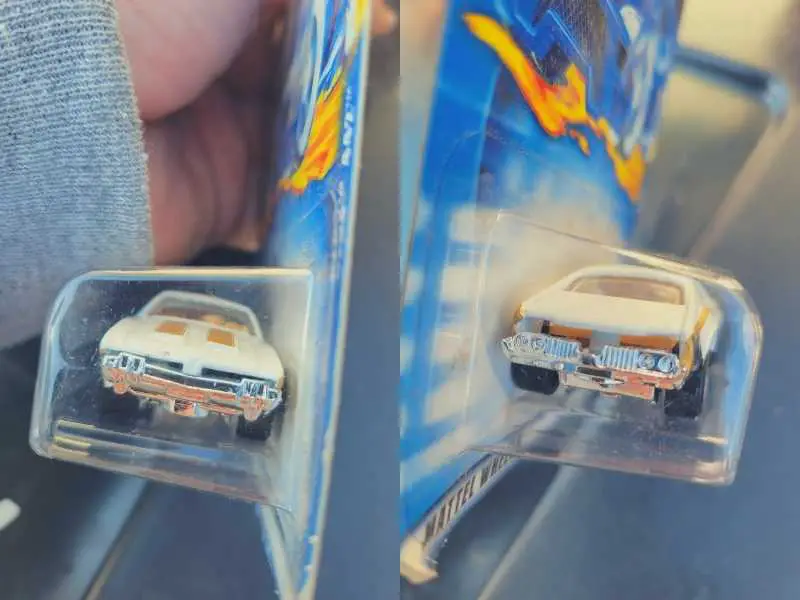
In his case, the undercarriage is put on the reverse so the headlights are in the back and the tail lights are in the front, as seen in the picture. (Check the photo above)
Here is another photo of his model.
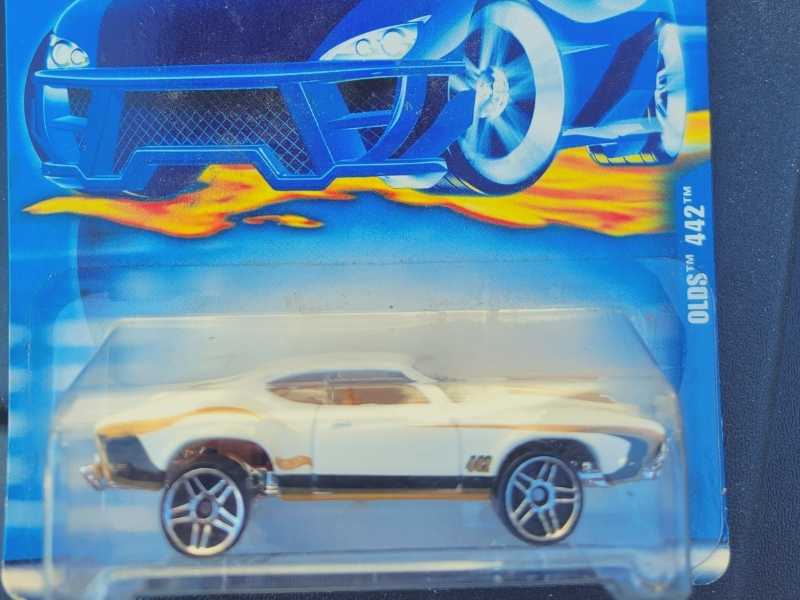
We tried finding the value of this Hot Wheels error, and we were surprised by its value after evaluation.
A typical 2000 Hot Wheels #242 White Olds 442 would cost about $3.50 to $4.00 each. However, since what he got was a Hot Wheels error, the price range for his model is $25-$30.
That’s about a 757% increase in value!
This is what we call a Hot Wheels Error.
When a car is packaged upside down on a left turn, it is considered a Hot Wheels error, as is when it is placed in the wrong blister bubble.
Here is another example, this time a 1956 Ford Pickup Hot Wheels Error.
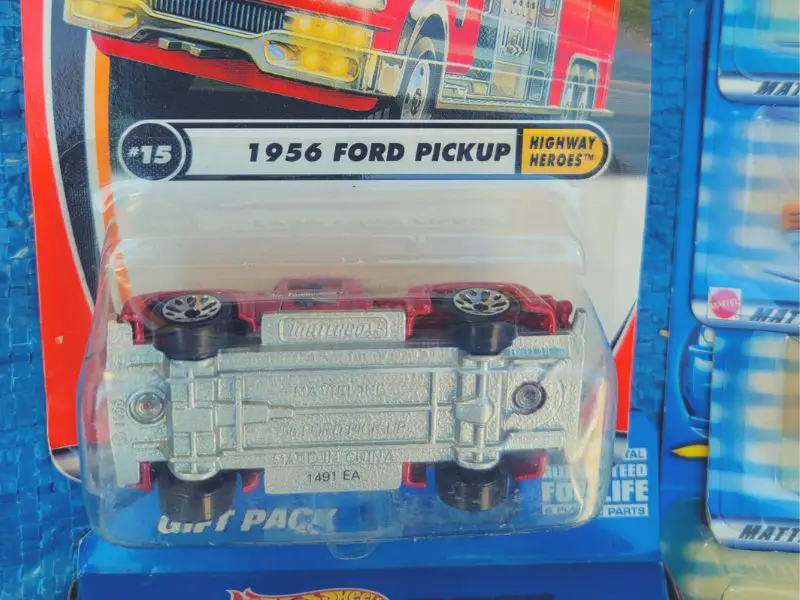
Generally speaking, Hot Wheels Error with a wrong orientation have a lower price than others with wrong wheels or lights. However, they are still more expensive than ordinary models.
For example, in this case, the normal 1956 Ford Pickup Hot Wheels would now sell for about $8-10 each, and this error could be sold for about $20.
That’s still a 2x price increase.
There are lots of Hot Wheels errors, and some are becoming common at certain times.
On muscle cars, missing tempo has become the most common mistake in recent years. Without the tempo, those cars will look much cleaner than they do now.
Another common type of error is wheel errors, which include all small or all large wheels (usually, the rear wheels are more significant than the front ones) and mismatched wheels.
Some may argue that valuing product imperfections is strange, even though those imperfectly produced cars are rarer than any other limited edition Hot Wheels series.
The truth is that it does work for some people on occasion. However, there is little demand for it in the secondary market because the previous owner can easily fake any errors.
This content was originally posted on thediecastmodel.com. If it appears on other websites, it is a violation of the copyright owned by thediecastmodel.com.
People frequently misinterpret the error as a variation, even though the two are entirely different.
Variation refers to an intentional change made to a specific casting or packaging.
It usually has a higher value because collectors want to buy them to complete their sets, or they most likely intend to collect every variation available on a specific casting.
However, it is not wrong if you want to collect the error cars because it is true that the Hot Wheels error can sometimes offer an interesting point uniquely.
Here is a warning.
Hot Wheels Error is different from Fake Hot Wheels.
Thus, while these errors can get vast sums of money, fake Hot Wheels are different as no one will want to buy items that are not authentic.
When purchasing one or more Hot Wheels diecast vehicles, either error or non-error, it is essential to identify which toy cars are fake and which are genuine.
There are some facts you should consider to save yourself from buying fake Hot Wheels.
So, I made sure that you had an idea of spotting these fakes to prevent any mistakes.
How can you tell if Hot Wheels are fake?
Here are the ways to know if a Hot Wheels is fake. It is essential to find these out since they will not fetch a reasonable price.
1. Hot Wheels toy car’s packaging box
This is the best way to identify fake Hot Wheels cars at first glance, simply by looking at their packaging.
Sometimes obvious faults hide in plain sight, and we simply overlook them by mistake. The fake item’s “HotWheels” logo is misspelled as “HotWheel,” leaving out the letter “s” at the end of the word.
Sometimes, the fake one isn’t even labeled “HotWheels,” though the logo is the same.
2. Scan the packaging box for the name of the vehicle
There must be information on the box of the authentic Hot Wheels cars about the car’s manufacturer, the name of the model, the year it was manufactured, and so on.
On the other hand, the fake item might be missing information regarding the car.
3. See if your Hot Wheels car has any inscriptions at the bottom
All genuine Hot Wheels cars are labeled on the bottom, and if you look closely, you will notice that they say a few things about the model.
The Hot Wheels logo, the car’s manufacturer and model, the country of manufacture, the year the car was made, and the year code must all be present on genuine Hot Wheels toy cars.
The fake Hot Wheels might not get those.
4. Verify if the packaging of your Hot Wheels car includes the model number
The model number indicates the item was in the collection out of how many.
For example, 2020 Hot Wheels ID Chase 1966 TV Series Batmobile (eBay) states that the model is 4th out of 5 cars in that specific collection.
You will see that the packaging of the fake Hot Wheels car says nothing of the sort, as the collection number is missing.
So, Hot Wheels fans need to be extra careful and attentive when inspecting the packaging of their car toys, whether for Errors or Fakes.

“Only the things I love”
thediecastmodel.com is reader-supported. When you buy through links on the site, I earn an affiliate commission.
So, here are the things I love when taking care of my Diecast Models.
Cleaning the Models
The first we are going to talk about is cleaning the models.
Removing Dust
- Air Brush – For me, this is the best since it not just removes dust but you can use it in painting/clear coating.
- Air Duster – This is a good alternative to Airbrush
- Normal Brush – If you are short on budget, you can use a normal brush. However, make sure that the brush has soft bristles because there are some hard brushes than can cause scratches. That’s why I recommended a good brush that can do the job properly.
Cleaning and Shining Hacks
Well, here are some of my cleaning hacks for removing scratches, oxidation, and so much more.
- Removing Decal Adhesive – Use Goo Gone on those hard-to-remove decal adhesives. It works fast and works like charm!
- Waxing and Polishing – Here is something a lot of people don’t know. Waxing protects the clear coat and paint while polishing shines the model. Instead of buying it separately, use a 2 in 1 to save money. Get this instead.
- Beginner Wax – The wax I recommended earlier is good and provides the best results based on my experience. But a beginner might have a problem especially if they’re not good at applying wax. Solid wax reaching hard to reach surface can be hard to remove. You have two choices here. One is to use a qtips to reach those surfaces, another is to use a liquid wax I recommended.
- Cleaning Wheels, Rubber, Plastic – Do not forget that rubber and plastic surface are quite different, especially in the cleaning process. Just wiping it down won’t do the job. That’s why I use Meguiar’s Vinyl and Rubber Cleaner and Conditioner. Works like charm!
- Make the Wheels Shine! – Making our models look good won’t be complete without tiny details such as shiny wheels! Do not forget this because however small this is, the difference can be as big as night and day.
- Remove Scratches Easily – Tiny scratches are not the end for your model. Here is a simple trick I’ve been using to make my models look scratch-free even without repainting. Use T-Cut.
Painting the Models
Painting Tools
Make sure when you paint models, have these ready.
- Tape – A tape is important if you are painting a straight line. Furthermore, it will prevent your paint to scatter on other parts. I recommend Tamiya Tape since it is really made for models. Furthermore, they stick really well preventing paint splatters.
- Brush (Beginner) – Find a good set of brushes to paint your models. Of course, you can opt for an airbrush but it’s quite expensive.
- Airbrush (Intermediate/Expert) – This will yield a significantly better result than an ordinary brush because you can easily spray the paint evenly. I recommend this if you know what you’re doing.
- Stand(Optional) – Stands are good because it can be hard to manually hold the models while painting. It is optional but in my opinion, the price is well worth it for the comfort it gives.
- Drop Cloths – Drop Cloths will protect your surroundings from the paint.
- Primer – The most common beginner mistake I see is painting models without any Primer. A primer will prevent imperfections such as bubbles or paint not sticking to your models. It is a small price to pay for quality results.
- Clear Coat – A clear coat will protect the paint of your models. This will make the paint last longer. Also, it is the one responsible for making your models shine.
Paints
Of course, you can’t do painting properly without paint. So here are the ones I recommend.
- Acrylic Paint – Good for beginners because it dries quickly. However, it doesn’t produce results as good as enamel paint.
- Enamel Paint – Provides a good quality finish and longer-lasting paint. However, it takes longer to dry and requires expertise to use.
Model Maintenance
Model Storage
- Simple Wood Cabinet – While it doesn’t let you display your models, wooden cabinets are good storage for these models. For one, they are not heat conductors which means that the temperature inside will remain constant and remain cool. Furthermore, they prevent light from reaching the models which can cause oxidation.
- Clear Cabinet with Lock – If you want to display your models, then I recommend this. It closes so dust won’t easily get to your models. I also recommend you don’t put more than 1 model in each compartment since metals are good conductors of heat.
Model Photography
So you want to show off your models to others? Well, I got you covered.
Here is my beginner-friendly model photography tutorial that teaches everything from taking pictures to the editing process.
You will also see me doing hands-on photography in that tutorial.
Here is the link: How to Take Pictures of a Diecast Model or Model Kit | Helpful Illustrated and Video Guide
Source

